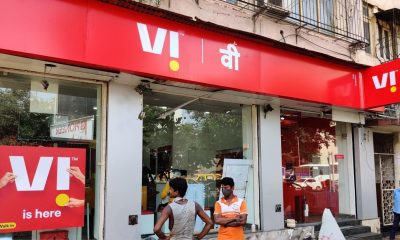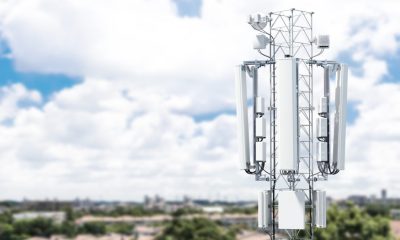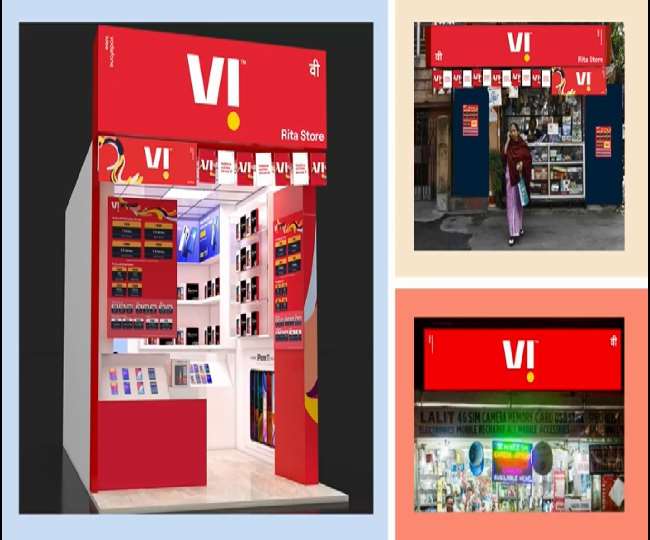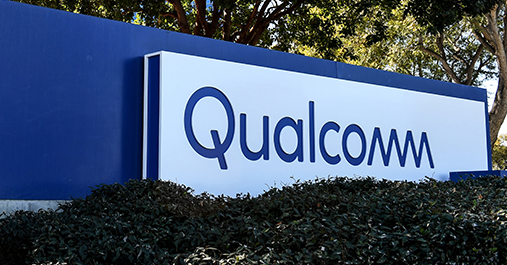4g
Banglalink officially launches 4G in Chattogram
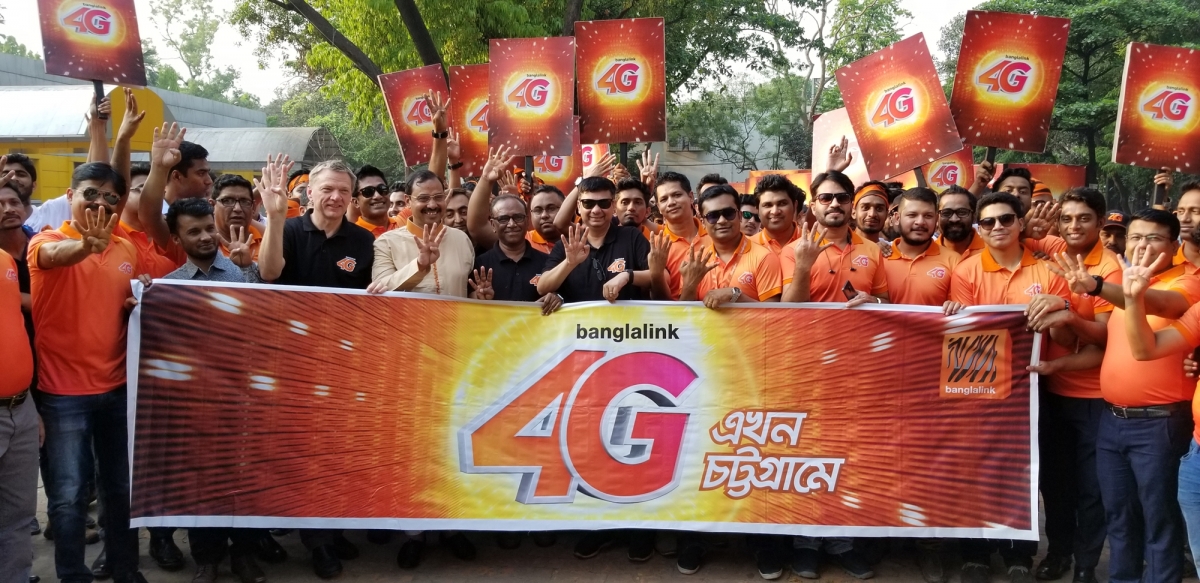
NEW DELHI: Banglalink, one of the leading digital communications service providers in Bangladesh, has officially launched 4G in Chattogram.
A J M Nasir Uddin, Mayor, Chattogram City Corporation made the announcement participating in a press conference held at The Peninsula Chattogram as the Chief Guest.
Also present at the event were Erik Aas, CEO, Banglalink, Soumen Mitra, Regional Director, B2C, Banglalink, other management members, regional employees, distributors and related concerns of the organization.
The super-fast mobile internet provided by 4G network will enable the users of this region to enjoy zero-buffer HD video streaming, HD quality video calling, high-fidelity music streaming, online gaming, social networking and all sorts of other internet services. From the socio-economic perspective, 4G will play a vital role in improving healthcare services, facilitating remote education, easing transportation and making financial services more accessible.
A J M Nasir Uddin, Honorable Mayor, Chattogram City Corporation said, “We are living in an age when no sustainable development is possible without the technological advancement of each and every aspect of our life. Chattogram has made remarkable technological progress over the years, and I am quite sure that the arrival of 4G will facilitate the progress further. By providing super-fast internet, 4G will ease people’s access to internet services and inspire them to embrace the digital form of life. I would like to thank Banglalink wholeheartedly for availing this latest technology for the people of this region.”
Erik Aas, CEO, Banglalink said, “As a major commercial hub in the country, Chattogram deserves the best digital services to accelerate the rate of its growth in future. We firmly believe that our 4G and doubled capacity of 3G services can play a vital role in digitalizing the commercial landscape of Chattogram along with bringing about a qualitative change in the lives of people in this region.”
Banglalink has also acquired additional 5 MHz spectrum in 2100 MHz Band and 5.6 MHz spectrum in 1800 MHz Band that will result in seamless digital connectivity and better coverage nationwide.
4g
Vi enhances 4G network coverage for its customers in Maharashtra and Goa
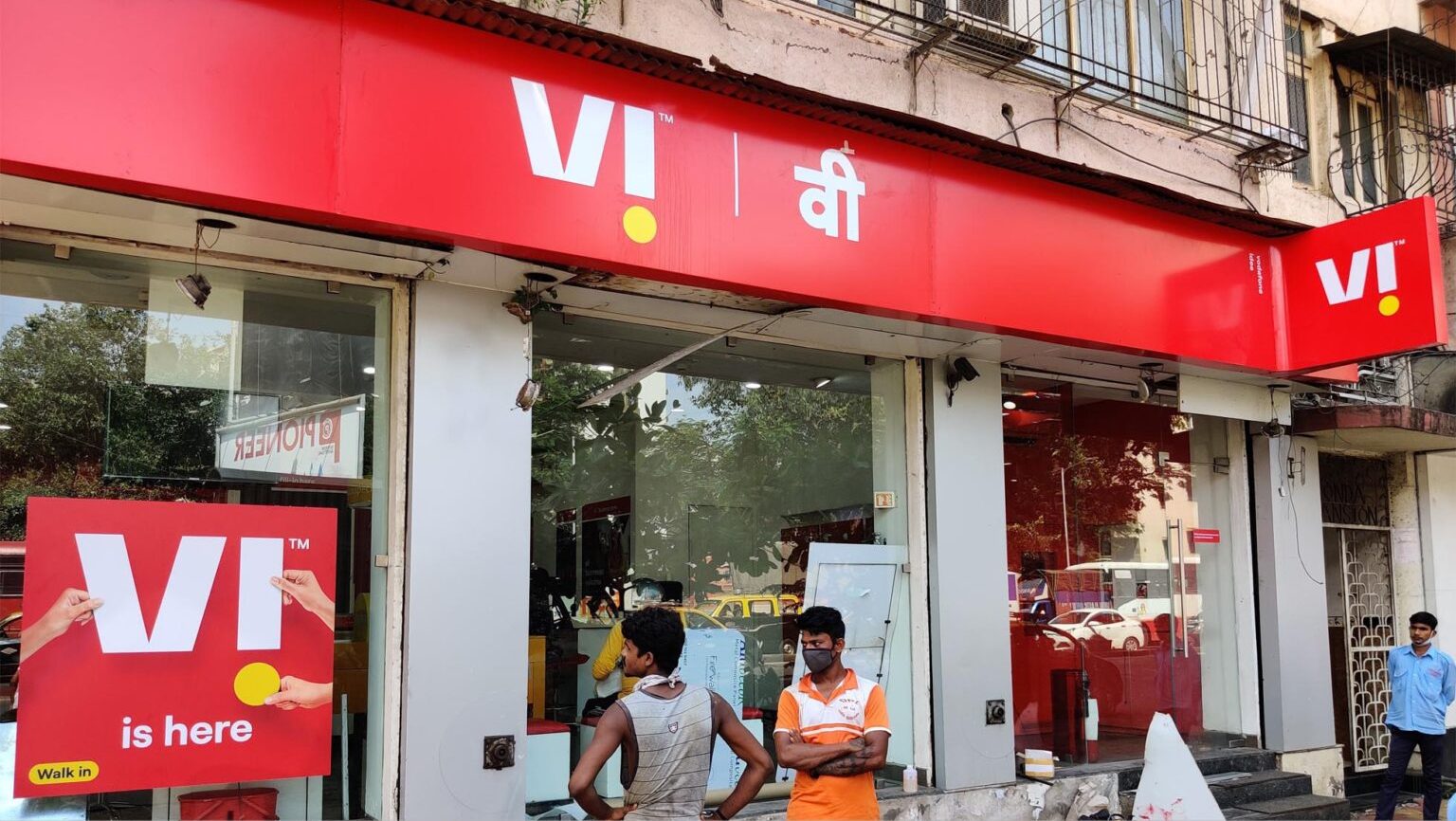
NEW DELHI: Leading telecom brand Vi, has enhanced its 4G experience in Maharashtra & Goa enabling its customers get a better network experience and faster speeds. Vi has till now deployed the highly efficient 900MHz spectrum on over 6430 sites as well as 1800 MHz band on over 16450 sites in Maharashtra & Goa, empowering 78 percent population in the two states to enjoy stronger network indoors while they work, study, socialize, access entertainment, ecommerce and other digital services.
In addition, Vi Customers in commercial/residential areas of Pune, Nagpur, Nashik, Aurangabad, Kolhapur, Solapur, Goa and other important towns are experiencing enhanced voice and data experience even indoors in high population pockets of these cities.
Rohit Tandon, Cluster Business Head- Maharashtra & Goa, Vodafone Idea, said “I would like to extend an invitation to pre-paid and post-paid mobile phone users in Maharashtra & Goa to enjoy a superior, upgraded 4G experience on the Vi network. We have undertaken multiple initiatives over the past year to widen our 4G coverage in the circle as well as strengthen indoor network coverage across cities. Vi customers can choose from a bouquet of choice plans that allow every member of the family to do more and get more on Vi’s 4G network. As we continue our endeavours toward 5G readiness, we remain committed to bring the best in technology, products and services to enable our customers get ahead in life.”
2g
India approves upgradation of 2G mobile sites to 4G at security sites in LWE areas
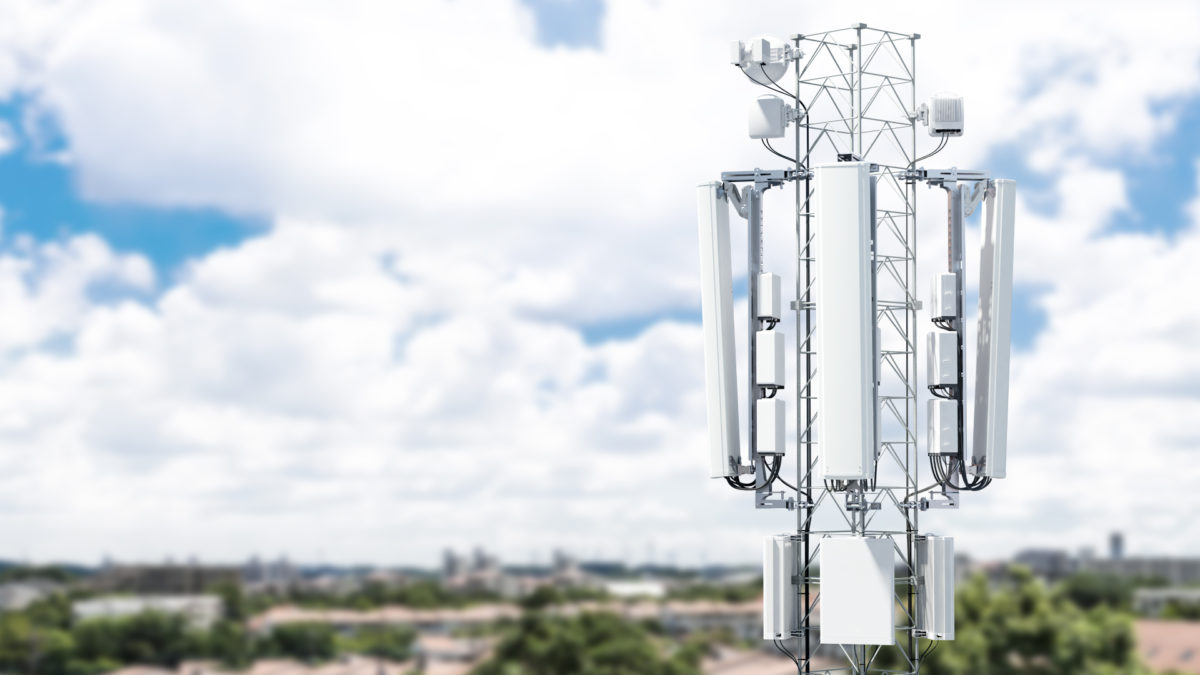
NEW DELHI: The Union Cabinet chaired by the Prime Minister Narendra Modi has approved a Universal Service Obligation Fund (USOF) project for upgrading 2G mobile services to 4G at security sites in Left Wing Extremism (LWE) areas
The Project envisages upgrading2,343 left Wing Extremism Phase-I sites from 2G to 4G mobile services at an estimated cost of Rs.1,884.59 crore (Excluding taxes and levies). This includes O&M for five years. However, BSNL will maintain the sites for another five years at its own cost. The work will be awarded to BSNL because these sites belong to BSNL.
The Cabinet also approved funding of operations and maintenance cost of LWE Phase-I 2G sites by BSNL for an extended period beyond the contractual period of five years at an estimated cost of Rs.541.80 crore. The extension will be up to 12 months from the date of approval by the Cabinet or commissioning of 4G sites, whichever is earlier.
Government chose BSNL for a prestigious project to indigenous 4G telecom equipment so as to achieve self-reliance in the telecom gear segment to fulfil domestic market needs apart from exporting to other markets. This 4G equipment will be deployed in this project also.
The upgradation will enable better internet and data services in these LSW areas. It meets the requirements of Ministry of Home Affairs and the state governments. It shall also fulfil the communication needs of the security personnel deployed in these areas. The proposal is in line with the goal of providing mobile connectivity in rural areas. In addition, delivery of various e-governance services, banking services, tele-medicine; tele-education etc. through mobile broadband shall be possible in these areas.
4g
Jio’s IAX and IEX projects to address region’s data revolution

NEW DELHI: Reliance Jio Infocomm Ltd. (Jio), India’s leading 4G and mobile broadband digital service provider, is constructing the largest international submarine cable system centered on India. Jio, in conjunction with several key global partners and world-class submarine cable supplier SubCom, is currently deploying two next generation cables to support the extraordinary growth in data demand across the region.
The India-Asia-Xpress (IAX) system connects India eastbound to Singapore and beyond, while the India-Europe-Xpress (IEX) system connects India westbound to the Middle East and Europe. The systems will seamlessly interconnect as well as connect to the world’s top interexchange points and content hubs for extension of service globally. IAX and IEX will enhance the ability for consumer and enterprise users to access content and cloud services in and out of India.
For the first time in the history of fiber optic submarine telecommunications, these systems place India at the center of the international network map, recognizing India’s increased importance, staggering growth, and the quantum shift in data use since the launch of Jio services in 2016.
These high capacity and high-speed systems will provide more than 200Tbps of capacity spanning over 16,000 kilometers. Employing open system technology and the latest wavelength switched RoADM/branching units ensures rapid upgrade deployment and the ultimate flexibility to add/drop waves across multiple locations.
“Jio is at the forefront of India’s explosive growth in digital services and data consumption. To meet the demands of Streaming Video, Remote Workforce, 5G, IoT, and beyond, Jio is taking a leadership role in the construction of the first of its kind, India-centric IAX and IEX subsea systems,” said Mathew Oommen, President, Reliance Jio.
“Implementing these critical initiatives in the shadow of a global pandemic is a challenge, but the ongoing pandemic has only accelerated the digital transformation and the necessity of high-performance global connectivity for the delivery of a richer experience to enterprises and consumers,” he added.
The IAX system connects India, the world’s fastest growing economy, to Asia Pacific markets with express connectivity from Mumbai and Chennai to Thailand, Malaysia, and Singapore. The IEX system extends India’s connectivity to Italy, landing in Savona, and additional landings in the Middle East and North Africa.
Apart from the seamless connection of the IAX and IEX sub-sea systems, the two systems are also connected to the Reliance Jio Global Fiber Network beyond Asia Pacific and Europe, connecting to both the east and west coast of the USA. IAX is expected to be ready for service mid-2023, while IEX will be ready for service in early 2024.

